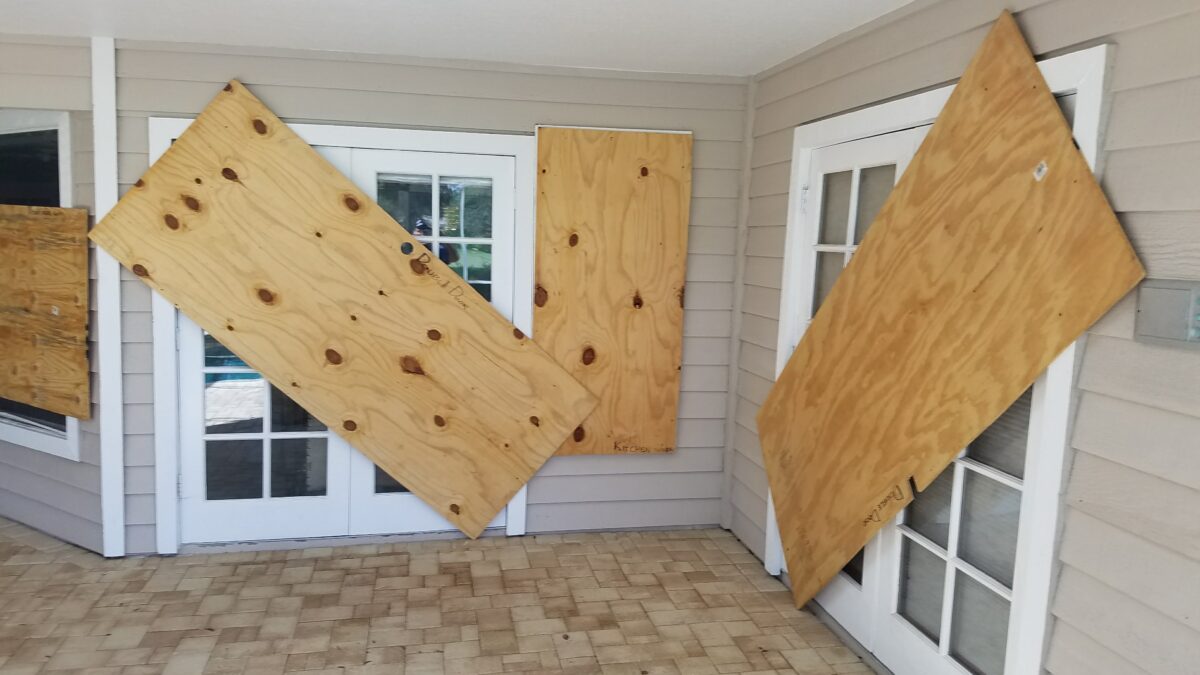What is a Wind Mitigation Report?

So, you have just made an offer on a home and the seller has accepted it. What’s next? Your agent should have advised you to hire a licensed home inspector to perform a full inspection on the home you are purchasing. The home inspector is should also ask if you would like a 4-point inspection report as well as a wind mitigation report. (See our previous blog for information on the 4-point report.) Well, should you agree to order a wind mitigation report? Read on!
First, what is it? A wind mitigation report is an explanation from a licensed home inspector as to the wind resistant features of your home. These include the roof and the way it is attached to the home, as well as the windows and doors. If there are wind resistant features in these areas there could be valuable insurance “credits.” These credits will lower you insurance premiums, sometimes substantially.
Second, a wind mitigation report is not usually required by an insurance company or lender. Just because it is not required, does not mean you should skip it, the report could reduce the cost of your insurance premiums significantly. This report identifies the risks or rather the risk mitigation features of the home to your insurance company. The underwriter will use this report to determine the risk of damage to the home from a wind storm and therefore the risk that an insurance company will have to cover the cost of a claim. Here in Florida, we have to be concerned with strong winds from hurricanes. Our hurricane season begins June 1 and last through November 30 every year. Some years we experience multiple storm threats and other years we get lucky. Insurance companies are very well aware of the windstorm risk in our area and they charge a higher premium for a policy in Florida.
OK, let’s explain what to expect the report to include:
The inspector will first determine what type of the material of your roof. For example: shingle, tile, concrete, etc. Next the inspector will determine how the roof deck is attached to the trusses. He or she will be looking at nail size and spacing between nails. The bigger the nails and the narrower the spacing the lower the risk. Your inspector will also note how the roof is attached to the walls. Toenails will be the weakest, then clips, followed by single wraps, and then the strongest, most desirable will be double wraps. Double wraps are 2 metal connectors that are usually embedded in the concrete wall and then each are wrapped around the truss and then secured with a minimum of 3 nails. The report will also list the geometric design of the roof. A “hip” roof is usually the most desirable, followed by a flat roof and then a roof with gable ends. Usually there will be little to no credit for a gable end roof. The report will also list whether there is a secondary water barrier on the roof. This is an underlayment that is between the roof covering (i.e. shingles) and the roof decking.
The report is also going to list what type of opening protections are in the home. The “openings” are the windows and doors of the home. Wind resistant features include hurricane rated windows and doors, garage door braces, or possibly window and door shutters that must be installed prior to a storm. The highest credit will be obtained from hurricane rated doors and windows.
Wind Mitigation reports are good for five years so make sure you hold on to the report in the event you need to provide it to a new insurance company in the future. You may even need it annually for an insurance premium review. It is a good idea to shop insurance policies regularly to make sure that you are getting the best coverages at the best rates.
If the home you are purchasing doesn’t qualify for any wind mitigation credits it is not the end of the world. You should still be able to find homeowner’s insurance. That being said, if you are considering new windows or new doors, it may be financially beneficial to upgrade to hurricane windows and doors. When it comes time for a new roof it will most likely be updated to have some type of wind mitigation credit. Definitely let your insurance company know the roof has been replaced and provide them with an updated wind mitigation report. There should be credits available to you after a roof replacement.
We work with great inspectors that offer wind mitigation reports. If you have any questions let us know!
